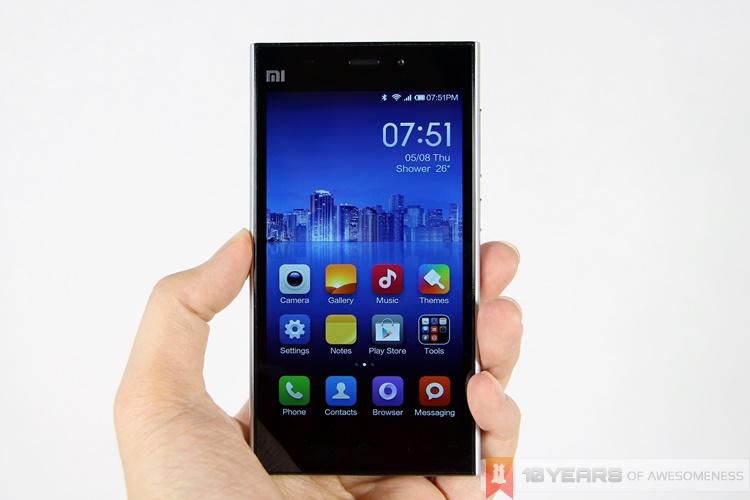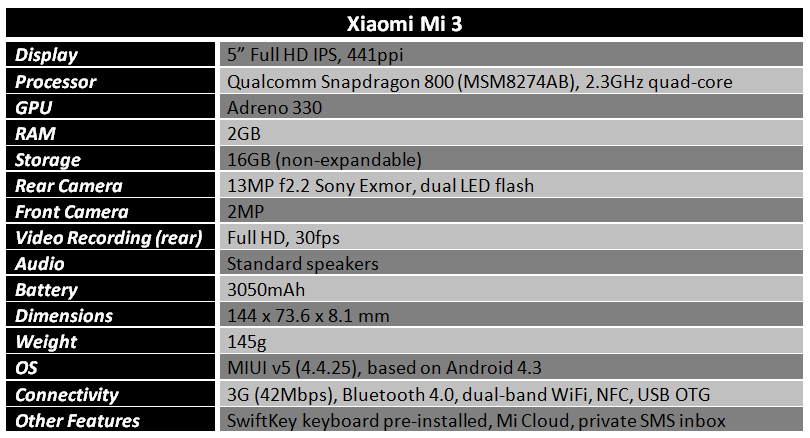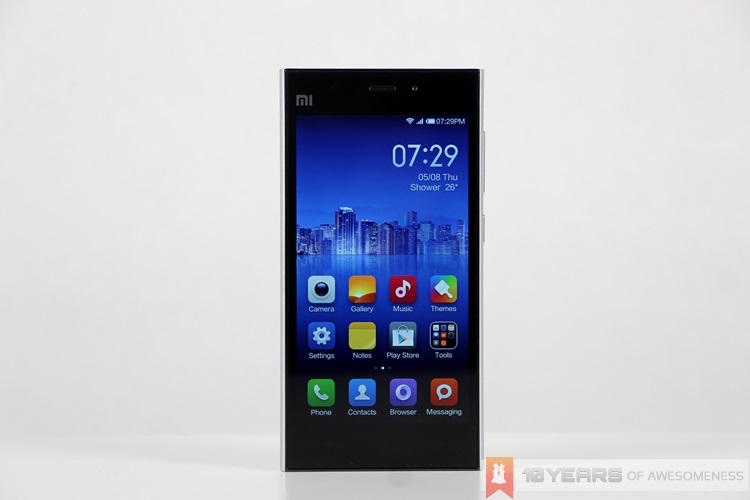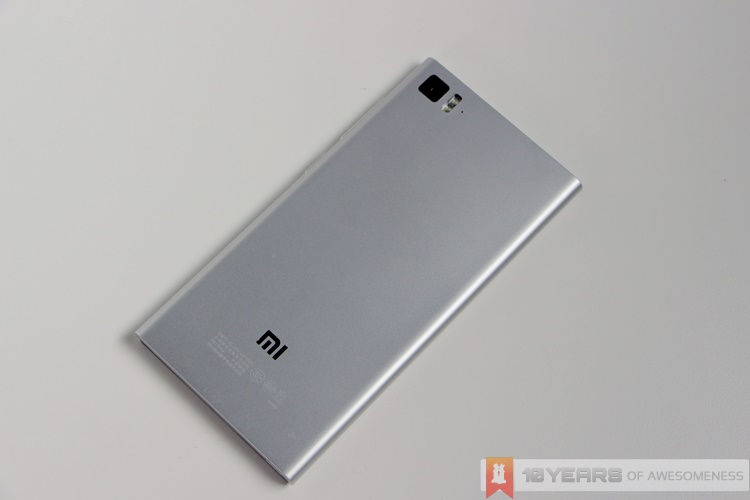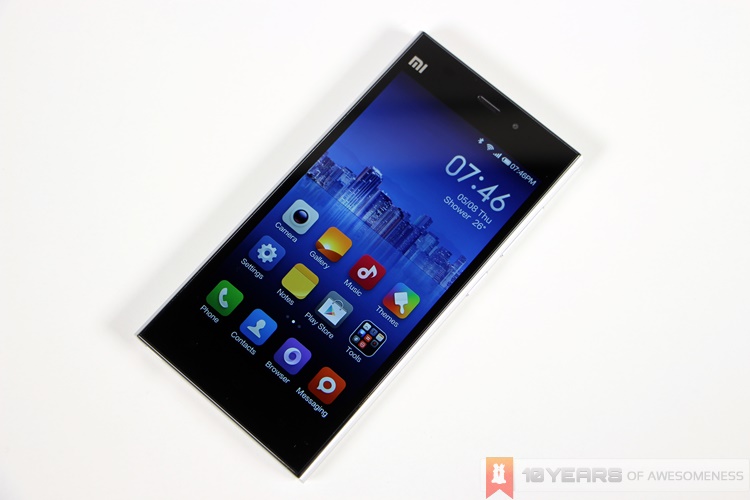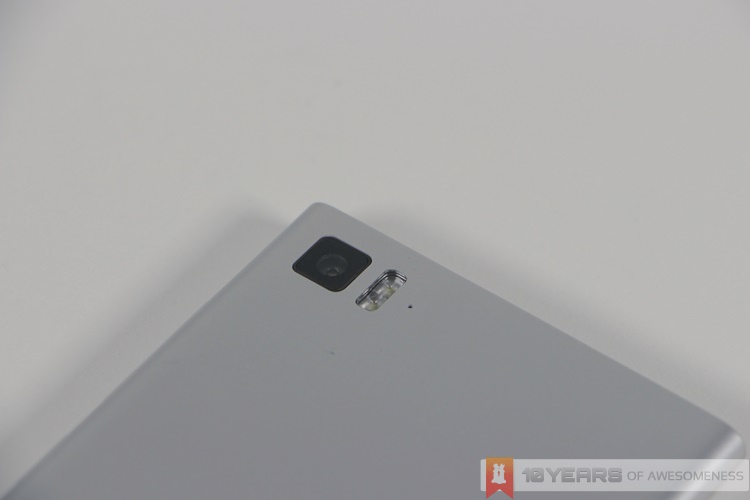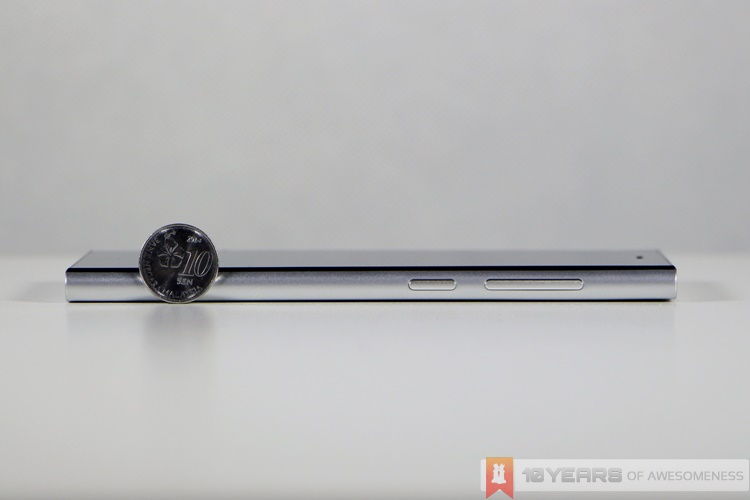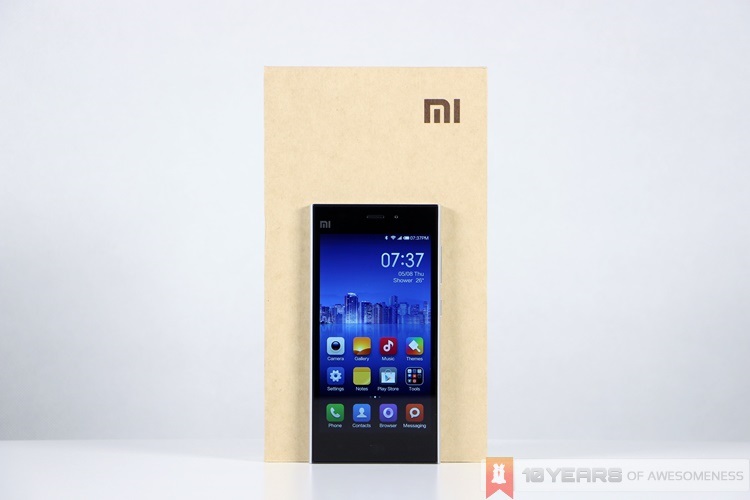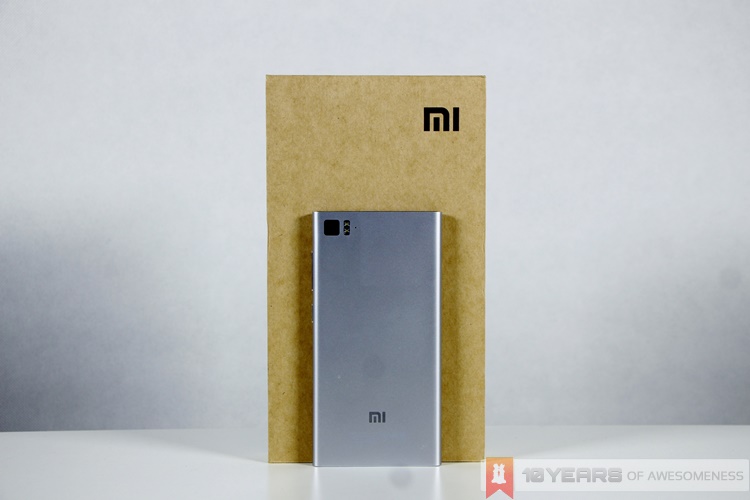Xiaomi’s first smartphone to be launched in Malaysia, the Mi 3, is set to retail for just RM889. It’s taking us back to the days when Motorola shocked the Malaysian market with its RM698 Moto G, offering mid-range specs at a lower-end price.
But this is different. Xiaomi’s Mi 3 is intended to be a flagship device, and yet it’s retailing for close to a third of what we’d normally associate with a flagship smartphone. And it’s not like there were any compromises made here either: the Mi 3 looks spectacular, the build quality is great – the only exception is the lack of 4G LTE connectivity. We’ve received a review unit at the end of our short meet-up with Xiaomi Global VP Hugo Barra yesterday, and here’s our first impressions of the Xiaomi Mi 3.
Back when it was first revealed to the world eight months ago, most of us here thought the Mi 3’s design is very, very close to that of 2011’s Nokia N9, a device that remains one of my favourite smartphones. So it’s not a really bad thing either that the Mi 3 shares a look that is not only iconic, but also builds upon it: the Mi 3 isn’t made of polycarbonate, but the chassis is made from tough aluminium-magnesium alloy, which is then coated with three layers of thermal graphite.
The result? A smartphone that feels really, really solid with a premium touch and yet not as slippery as other metal-clad phones such as the HTC One (both generations). As Barra puts it, the finish is “better than aluminium”, he said as he slanted his palm with the device in his hand at angles that would usually drop the phone.
At our meetup, we were also given an extensive preview of MIUI v5, the custom ROM that runs on the Mi 3. Based on Android 4.3 and the Android Open Source Project (AOSP), MIUI brings about plenty of visual changes from stock Android, such as removing the app drawer alongside plenty of design tweaks. Barra notes that the aim of MIUI was to make things intuitive and easy for new users, but also offering plenty of customization options for the seasoned user. Things such as a simplified UI that does not have an app drawer may help new users, but experienced users would also appreciate features such as the hidden private inbox.
As one of the more elusive devices that has finally made our way to Malaysia, we’re naturally excited by the Mi 3 – Xiaomi, like the other Chinese manufacturers aiming to make their mark in the country, is the underdog in a market that is becoming increasingly fatigued by the established brands and are more receptive towards new ones.
We’ll be spending some time with our review unit of the Mi 3, but in the meantime, here are more shots of Xiaomi’s current flagship smartphone:
Follow us on Instagram, Facebook, Twitter or Telegram for more updates and breaking news.


